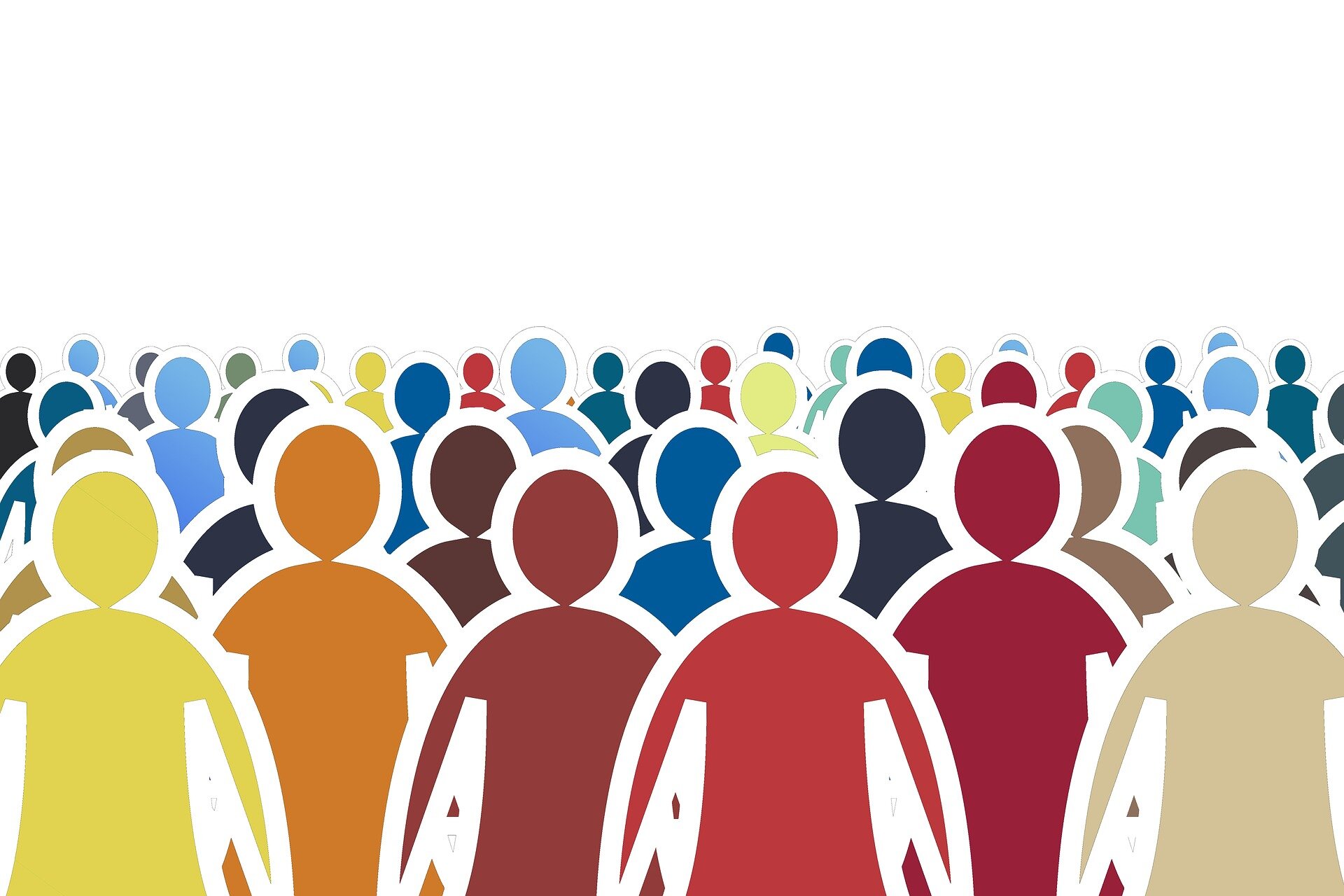
An enormous red, black and green Pan-African flag billowed in the breezeway between two Amazon Seattle headquarters buildings Thursday, a signal, company leaders said, of the commerce giant's recognition of diversity and commitment to improvement.
"Black history is too often smoothed over in U.S. history books and in U.S. education, and it's critical to acknowledge more historic perspectives and the role that Black leaders have played in the development of our country and our culture and our companies," said Ian Wilson, head of human resources in Amazon's cloud-computing business, Amazon Web Services. "For Black and African members of the Amazon community, we hope that this flag tells you that we see you, that we value you and that we're in it with you as we make progress together. And for other Amazonians, we hope that this flag is a reminder to learn and be curious about Black history."
The company, like the tech industry broadly, has struggled to diversify its ranks, particularly outside of its broad network of fulfillment and operations centers. Among Amazon's U.S. employees, 24.5% identify as Black, according to Amazon's most recent disclosures, from the end of 2018. But only 7.2% of U.S. management employees identify as Black.
Amazon's cultural and personal identity groups, like the Black Employee Network (BEN) that organized the flag display as part of Black History Month events, are crucial to the company's efforts to improve those numbers, said Elizabeth Nieto, Amazon's global head of diversity and inclusion.
Members of these groups are active in recruiting and retaining a diverse workforce, and in developing businesses and products to serve them. A group for Latino employees helped improve the Spanish-language skills of Amazon's Alexa voice-computing technology, while employees with disabilities have contributed to skills that help Alexa users with visual impairment.
"We know our customers are diverse, and we ultimately serve them better by building and having teams that reflect our customers," said Amazon's senior vice president of human resources, Beth Galetti.
She and another member of Amazon's senior leadership team, or S Team, Chief Financial Officer Brian Olsavsky, spoke at the event.
The 22-person S Team has no Black members, but the presence of two of its members at the event impressed some in the crowd. "It's a good show of leadership," one woman said.
Both Galetti and Olsavsky said the company has more work to do on diversity and inclusion.
BEN was Amazon's first employee affinity group, founded 15 years ago by Geno White, who asked founder and CEO Jeff Bezos at an all-company meeting why there wasn't such a group. "And in true Amazon fashion, Jeff said, "You do it," " said Angelina Howard, the group's current president.
The group now has 13 corporate chapters with some 2,700 members, and an additional 61 chapters at the company's fulfillment and operations centers. (The number of members at those chapters was not available.)
Howard, a senior product manager in digital software and video games, said she moved to Seattle five and a half years ago with no friends and no network. "I didn't know anyone," she said.
A former BEN president, Rovina Broomfield, got her involved with the group. "She's the reason why I'm still at Amazon in Seattle today," Howard said. "She really helped me build that community."
Through BEN, Amazon employees build their networks; work with local organizations such as Year Up, a career training program for under-served young adults; and lead recruiting at historically Black colleges and universities.
BEN led the development of an Amazon storefront called Textures and Hues, which specializes in hair care and grooming products that can be sorted by relaxed, wavy, curly and coily hair types. Wilson said it is "one of our most successful storefronts," and was recently recognized by Bezos with a company award.
Amazon now has 10 affinity groups with more than 44,000 members, Nieto said. Most of the employees who participate do so voluntarily. She said the company is devoting more resources and training for these employees.
"We want to see them leading businesses and teams, not just from a volunteer perspective but as business leaders," she said.
In addition to BEN, there are groups for people with disabilities; women, with specific affinity groups for women in engineering and finance; Asians; Latinos; indigenous people; current and former military personnel and their families; and lesbian, gay, bisexual, transgender and queer employees, called Glamazon.
Amazon has flown the rainbow Pride flag from headquarters buildings during Pride Month since 2016. Amazon works with the groups to identify meaningful ways to celebrate their communities, a company spokesman said.
Even though Amazon has long celebrated Black History Month, Thursday was the first time the company has flown the Pan-African flag, Nieto said. Designed by political activist, journalist and entrepreneur Marcus Garvey, the flag "holds a special meaning to our community," Howard said.
©2020 The Seattle Times
Distributed by Tribune Content Agency, LLC.
Citation: Amazon flies Pan-African flag as signal of support, commitment to improve diversity (2020, February 17) retrieved 17 February 2020 from https://techxplore.com/news/2020-02-amazon-flies-pan-african-flag-commitment.html
This document is subject to copyright. Apart from any fair dealing for the purpose of private study or research, no part may be reproduced without the written permission. The content is provided for information purposes only.
